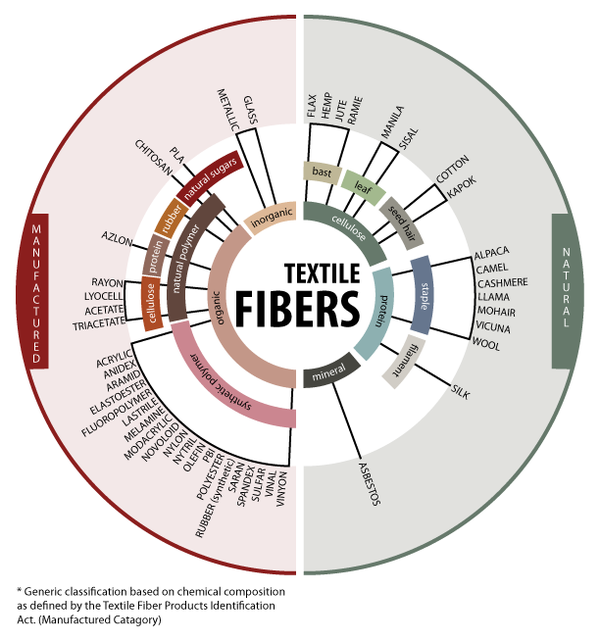- Qinsun Instruments Co., Ltd.
- Tell:+86-21-6780 0179
- Phone:+86-17740808215
- Address:No. 2578 Minhang District Gu Dai Road, Shanghai
- Contact:Mr. Li
- QQ:846490659
Selection Guide for Raman Spectrometers

Raman spectrometers are mainly used in optical fields such as research institutes, physics and chemistry laboratories in higher education institutions, biology and medicine, to study the determination and confirmation of material composition; This instrument is known for its simple structure, easy operation, fast, efficient and accurate measurement, and low wavenumber measurement ability; Adopting a confocal optical path design to achieve higher resolution, it can perform micro area detection on the sample surface at the um level, and can also be used for microscopic image measurement.
Selection guide:
The performance of the instrument is mainly evaluated from the following aspects.
1. Third order peak of monocrystalline silicon
Sample: Monocrystalline silicon.
Exciting luminescence: 514.5 nanometers or 532 nanometers.
Laser output power: 20 milliwatts.
Slit: 50 microns.
Collection time: 300 seconds or 60 seconds, accumulated 5 times.
Objective lens: 50x or 100x short focus.
Raster: 1800 lines.
Scanning wavelength: 1100 to 2500 wavenumbers.
The signal-to-noise ratio of the third-order peak of silicon at around 1440 wavenumbers is required to be above 10:1 (the signal is the height of the 1440 peak, and the noise is the messy burrs when measuring Raman signals), the higher the better.
2. Spectral resolution
Signal source: Neon lamp.
Slit: 20 microns.
Raster: 1800 lines.
Measure the emission line of a neon lamp at 575 nanometers using+1 order diffraction. The configurations of different manufacturers vary, and users can choose according to their own needs.
3. Spectral repeatability
Sample: Monocrystalline silicon.
Within the measurable range of Raman spectra, scan the entire range of Raman spectra of monocrystalline silicon by rotating the grating, usually at 100-4000 wavenumbers. Observe the 520 wavenumber Raman peak of monocrystalline silicon and repeat the measurement more than 30 times. Generally, the repeatability is required to be within ± 0.2 wavenumbers, and the lower the better.





